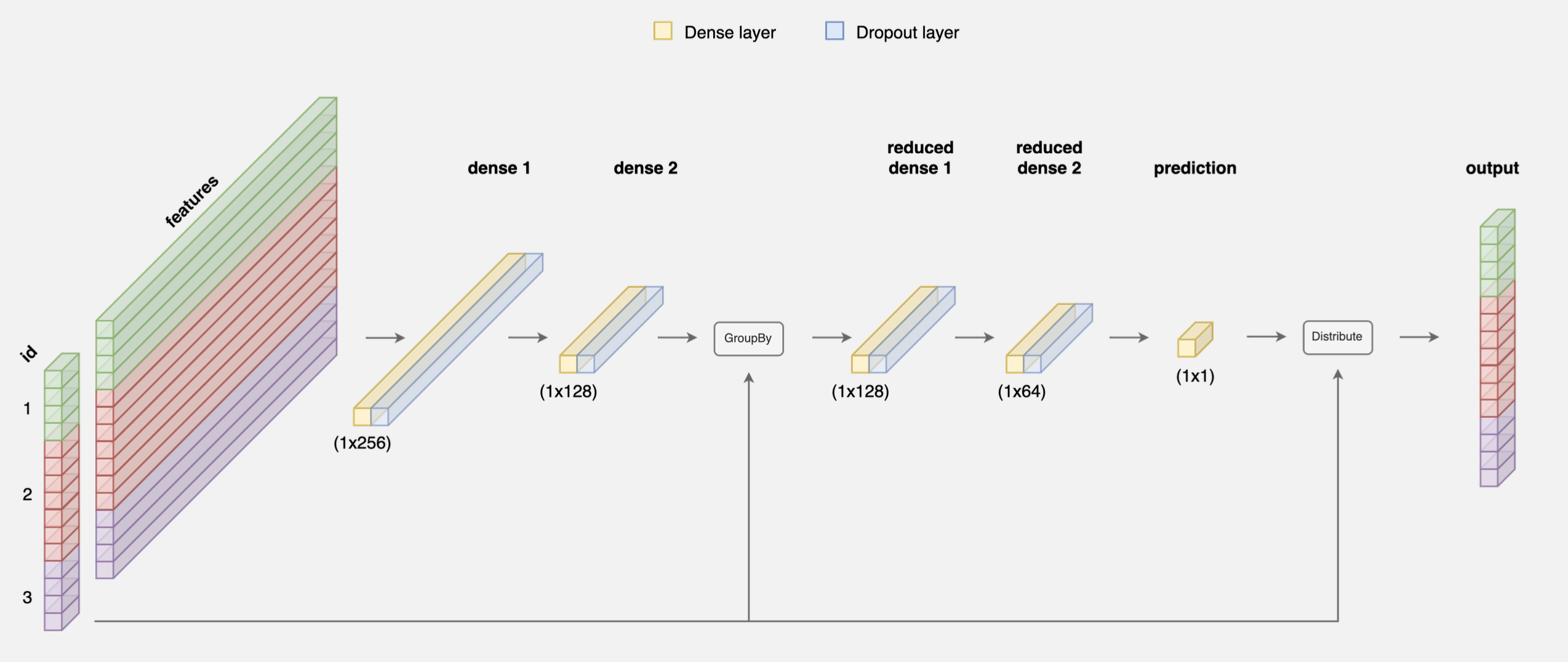Aggregation learning
For some modelling exercises, input data is at a different granularity level than the target.
One example is assigning a single risk score to a bank client based on many transactions. A common solution is to create features based on aggregates; calculating aggregates like min, max, sum, mean and count of the input level features and use these to predict the target. By using these aggregates, feature interaction on input level is lost which might result in suboptimal model performance. Moreover, model explainability is on aggregated feature level and does not reveal the importance at input level.
To overcome these issues, we need so called ‘aggregation learning’ models. During the Data Science for Finance Conference 2023, I presented how to implement a simple but powerful aggregation learning neural network for classification in Tensorflow. Please watch my presentation below.
Slides
